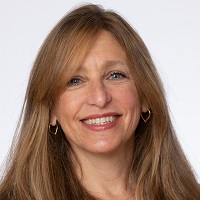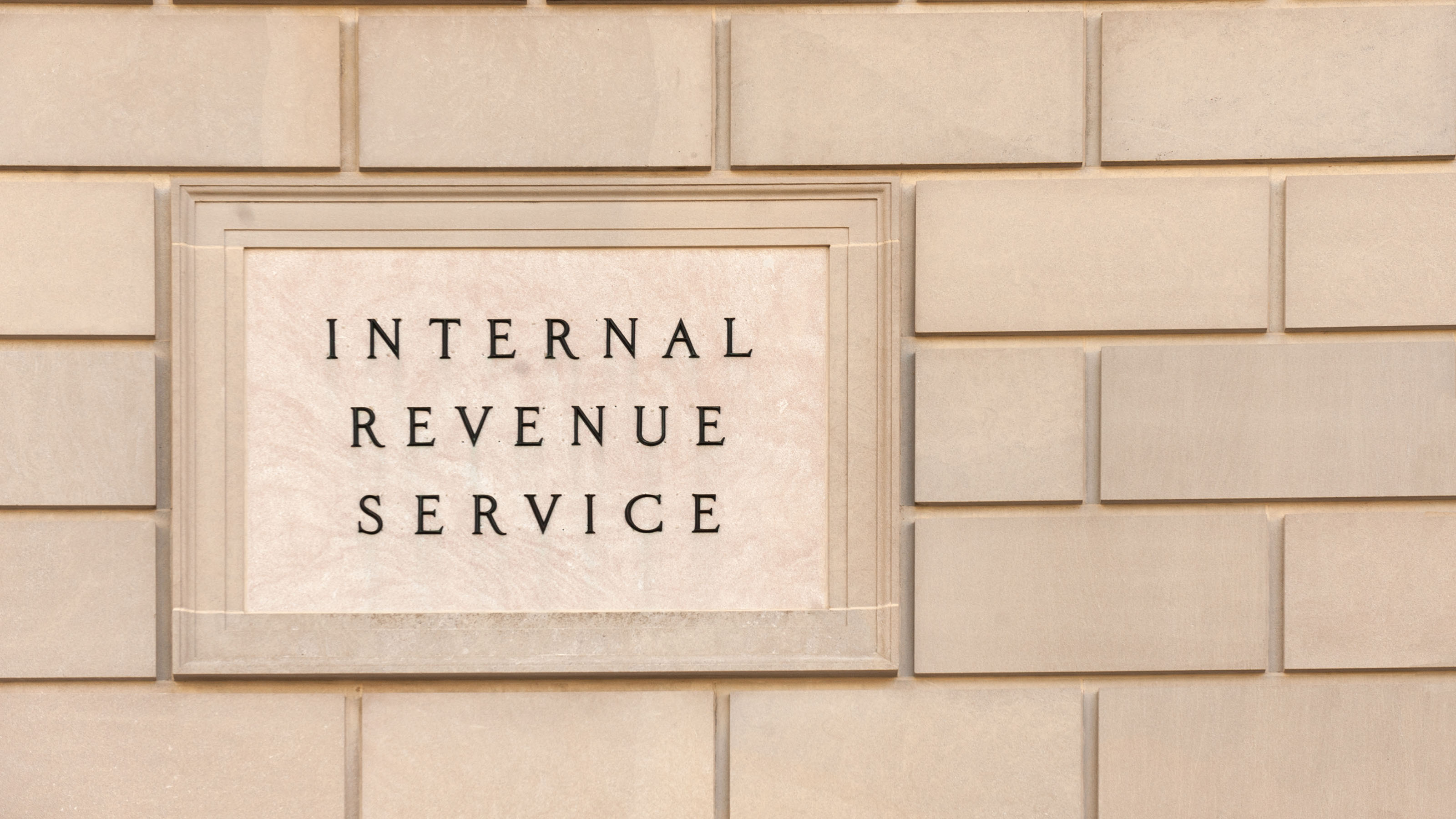Considering Donating to Charity? Here’s a Road Map to Steer Your Choices
Getting started can be challenging, but never fear, we provide key questions to ask to help make your philanthropy more rewarding.


Giving money away is not hard. The challenge comes in giving it to the right people, in the right amounts, at the right time and for the right reasons. Aristotle first made that observation more than 2,000 years ago, and it’s just as true today.
But by asking the right questions, you can develop a plan that will help make giving meaningful, effective and joyful.
To begin, start by asking:
From just $107.88 $24.99 for Kiplinger Personal Finance
Become a smarter, better informed investor. Subscribe from just $107.88 $24.99, plus get up to 4 Special Issues

Sign up for Kiplinger’s Free Newsletters
Profit and prosper with the best of expert advice on investing, taxes, retirement, personal finance and more - straight to your e-mail.
Profit and prosper with the best of expert advice - straight to your e-mail.
1. Why are you giving?
Reflect on what values are driving you. Perhaps it’s generational family beliefs, cultural heritage or faith. Or maybe you’re carving a path away from past traditions. It could be a desire to address specific obstacles you overcame — perhaps being the first in your family to graduate from college or surviving a serious illness. While there may be multiple answers, making time to understand your motivations is the first step to building a foundation for effective philanthropy.
2. What issues do you care about?
Once you understand your motivation, the next step is to zero in on specific issues. Countless causes could benefit from your generosity. You may feel compelled to help address the homelessness crisis, offer youth mentoring or increase arts access. If you have a family member who struggles with an illness, you may be passionate about supporting research on promising therapies.
It helps to think through the significant challenges that spark your interest and narrow the focus to something more manageable. Consider what populations you most want to support, where and what you want to accomplish.
You can pick one issue or many, and they can reinforce each other or not.
3. What’s your approach to making change happen?
Once you’ve determined the issue area(s) you want to address, the next step is to consider the how — in other words, the approach you want to take. Positive impact can happen in many ways. Consider what feels like the best fit for your goals, issue focus, expertise and time horizon.
Let’s say that after answering questions one and two, you’ve zeroed in on the impacts of climate change and pollution on ocean life. You could select any number of different approaches: to fund research to better understand the problems, to help drive awareness campaigns about the impact of pollutants, to donate to policy advocacy initiatives to regulate actions that harm the oceans, to help spur community action to support environmentally friendly practices or to support innovative technologies that mitigate threats or habitat restoration.
For large, complex and long-standing challenges, it makes sense to take a long view and right-size your approach, the resources you are willing to give and how long you plan to give.
4. How can you work most effectively?
If you are eager to devote significant time to philanthropy for the long term yourself or will hire staff to assist you, and you’re focused on crafting a public legacy, you may choose to set up a private foundation. You’ll need tax and legal assistance, as well as philanthropic advising. Other givers opt for the simplicity of a donor-advised fund (DAF), which can be offered by a community foundation, a national fund associated with a financial institution or a mission-oriented nonprofit.
You could work alone, but you’d likely be more effective if you collaborated with others. With whom and how you collaborate depends on a wide range of considerations, but when done well, it can greatly enhance progress. For example, a group of philanthropists joined together to create the Plastic Solutions Fund to increase the impact they could have on the environment. Individuals can create giving circles to learn and give together, or work with a professional philanthropic adviser.
Collaboration can also be with community groups most knowledgeable about their local context or their community’s needs.
5. How will you assess progress?
Most givers wonder, “How do I know I’m making a difference?” Unlike a for-profit investment's straightforward monetary gain or loss, a charitable donation’s impact is more nuanced and challenging to assess. In this regard, measuring your philanthropy's impact can be difficult.
Moreover, making change — especially significant, systemic change — takes time, so as you think about measures, having milestones along the way can help. As you consider the milestones to measure, understand that there may be art as well as science involved: quantifiable outputs — such as the number of students graduating from college — and less tangible outcomes — such as more vibrant communities.
Sometimes the work is part of a complex system. You may want to rigorously measure results or, at the other end of the spectrum, collect stories about the people touched by your donations. You can assess your own or work with philanthropic professionals to help you learn what’s working.
Whichever approach you take, it’s important to work with the nonprofit organizations that receive your funds to understand how they measure impact so you’re assessing what matters most and avoiding adding unnecessary bureaucracy. Consider how the communities most impacted by your giving would define success.
Your Personalized Philanthropic Journey
Every giver is different. Some people are hands-on and want to jump right in themselves. Others prefer to use professional, philanthropic advisers to research issues and organizations, offer insights and handle the mechanics of giving. Some give publicly, and others prefer privacy. For some givers, philanthropy is a joyful family affair; for others, it might feel like a family feud.
Reflect on which feels right to you. You may even choose to be a changemaker yourself and start an organization. If you do, it might be prudent to consider working with a fiscal sponsor, which can provide the infrastructure that can be cumbersome to create on your own.
Whatever path you choose, it helps to have a framework to map your philanthropic journey and set you in the right direction.
Rest assured, you don’t have to be a billionaire to be a philanthropist. Every giver can earn that title. And by answering the key questions that chart your road map for giving, you can find deeper meaning in your generosity, assess progress along the way and ensure your investment in the cause you care about is paying off.
Profit and prosper with the best of Kiplinger's advice on investing, taxes, retirement, personal finance and much more. Delivered daily. Enter your email in the box and click Sign Me Up.

Catherine Crystal Foster is vice president of the Rockefeller Philanthropy Advisors (RPA) Advisory team. In her role, she provides strategic guidance across program areas for families, foundations, and corporations to accelerate social impact. Prior to joining RPA, she served as CEO and co-founder of Magnify Community, where she worked with Silicon Valley philanthropists to make bold and catalytic investments in the community. Catherine has led and advised philanthropic and nonprofit organizations for more than 20 years.
-
 5 Types of Gifts the IRS Won’t Tax: Even If They’re Big
5 Types of Gifts the IRS Won’t Tax: Even If They’re BigGift Tax Several categories of gifts don’t count toward annual gift tax limits. Here's what you need to know.
-
 The 'Scrooge' Strategy: How to Turn Your Old Junk Into a Tax Deduction
The 'Scrooge' Strategy: How to Turn Your Old Junk Into a Tax DeductionTax Deductions We break down the IRS rules for non-cash charitable contributions. Plus, here's a handy checklist before you donate to charity this year.
-
 IRS Says You Made a Tax Return Mistake? A New Law Could Help You Fight Back
IRS Says You Made a Tax Return Mistake? A New Law Could Help You Fight BackTax Law Updated taxpayer protections change what the IRS must explain on error notices and how long you have to respond.
-
 I'm a Tax Attorney: These Are the Year-End Tax Moves You Can't Afford to Miss
I'm a Tax Attorney: These Are the Year-End Tax Moves You Can't Afford to MissDon't miss out on this prime time to maximize contributions to your retirement accounts, do Roth conversions and capture investment gains.
-
 I'm an Investment Adviser: This Is the Tax Diversification Strategy You Need for Your Retirement Income
I'm an Investment Adviser: This Is the Tax Diversification Strategy You Need for Your Retirement IncomeSpreading savings across three "tax buckets" — pretax, Roth and taxable — can help give retirees the flexibility to control when and how much taxes they pay.
-
 Could an Annuity Be Your Retirement Safety Net? 4 Key Considerations
Could an Annuity Be Your Retirement Safety Net? 4 Key ConsiderationsMore people are considering annuities to achieve tax-deferred growth and guaranteed income, but deciding if they are right for you depends on these key factors.
-
 I'm a Financial Pro: Older Taxpayers Really Won't Want to Miss Out on This Hefty (Temporary) Tax Break
I'm a Financial Pro: Older Taxpayers Really Won't Want to Miss Out on This Hefty (Temporary) Tax BreakIf you're age 65 or older, you can claim a "bonus" tax deduction of up to $6,000 through 2028 that can be stacked on top of other deductions.
-
 Meet the World's Unluckiest — Not to Mention Entitled — Porch Pirate
Meet the World's Unluckiest — Not to Mention Entitled — Porch PirateThis teen swiped a booby-trapped package that showered him with glitter, and then he hurt his wrist while fleeing. This is why no lawyer will represent him.
-
 Smart Business: How Community Engagement Can Help Fuel Growth
Smart Business: How Community Engagement Can Help Fuel GrowthAs a financial professional, you can strengthen your brand while making a difference in your community. See how these pros turned community spirit into growth.
-
 In 2026, the Human Touch Will Be the Differentiator for Financial Advisers
In 2026, the Human Touch Will Be the Differentiator for Financial AdvisersAdvisers who leverage innovative technology to streamline tasks and combat a talent shortage can then prioritize the irreplaceable human touch and empathy.
-
 How Financial Advisers Can Deliver a True Family Office Experience
How Financial Advisers Can Deliver a True Family Office ExperienceThe family office model is no longer just for the ultra-wealthy. Advisory firms will need to ensure they have the talent and the tech to serve their clients.